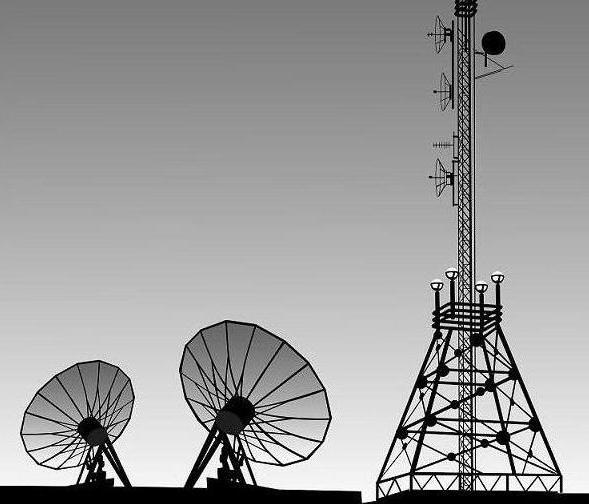Distribution channels
The business entity, having produced products,should form a certain marketing policy, the immediate task of which is to bring the goods to the end user. As a result of marketing research of the market, the most optimal scheme of cargo delivery to the buyer should be worked out. It includes numerous elements of transportation and storage, as well as product processing. The scheme for bringing the product to the end user should contain an element of service, carried out immediately after the sale of the product.
The key question of market research is the choice of distribution channels. These schemes of delivery of products to the buyer have differences.
Distribution channels are the ways in whichthere is a movement of the goods from the producer directly to the final consumer. Organizations or individuals involved in the movement of goods perform a number of functions. They are the following:
- distribution, collection of marketing information;
- sales promotion;
- establishing contacts;
- adjustment of the product to customer requirements (packaging, assembly, sorting);
- negotiations;
- movement and storage of goods;
- financing the normal operation of the channel.
Any way of promotion is characterized by the presence of several threads:
- physical products;
- ownership of the goods;
- payments;
- information;
- movement of goods.
The distribution channels related to the sphereservice services, characterized by the movement of non-material products (knowledge, ideas, etc.). Ways of moving goods are classified according to the number of their levels, each of which is any intermediary that brings the product closer to the final consumer.
Distribution channels are divided into three types. They include:
- straight lines;
- mixed;
- Indirect.
Direct distribution channels providedelivery of products from the direct producer to the consumer (final), bypassing the services of intermediaries. This method of implementation on the Internet became widespread. This is determined by the fact that companies provide services (information, in the sphere of gambling, etc.), which are easy to implement with the participation of a computer.
Direct distribution channels are characterized by a number of features:
- a small volume of goods sold;
- close contact of the manufacturer and the consumer;
- flexible prices;
- Excellent knowledge of the goods sold;
- sustainable financial position of the manufacturer;
- Wide possibilities of technical service of sold products;
- obtaining higher profits from sales;
- informative and quality feedback from customers.
Indirect channels of distribution of productsprovide for the initial movement of goods from the direct producer to the intermediary. And only after that to the end user. This method of implementation is typical for firms that reduce sales costs, gain access to new markets, but at the same time they are reducing the direct contact with the buyer.
Typical features of indirect sales are:
- high volume of sales;
- low level of contact of the direct producer with the buyer;
- less flexible price policy;
- the lack of sufficient information about the quality of the goods;
- Weaker financial position of the manufacturer;
- low opportunities for technical maintenance of goods;
- Receiving less profit from sales.
Distribution channels related to the mixed type combine the characteristic properties of indirect and direct marketing channels.
</ p>>


